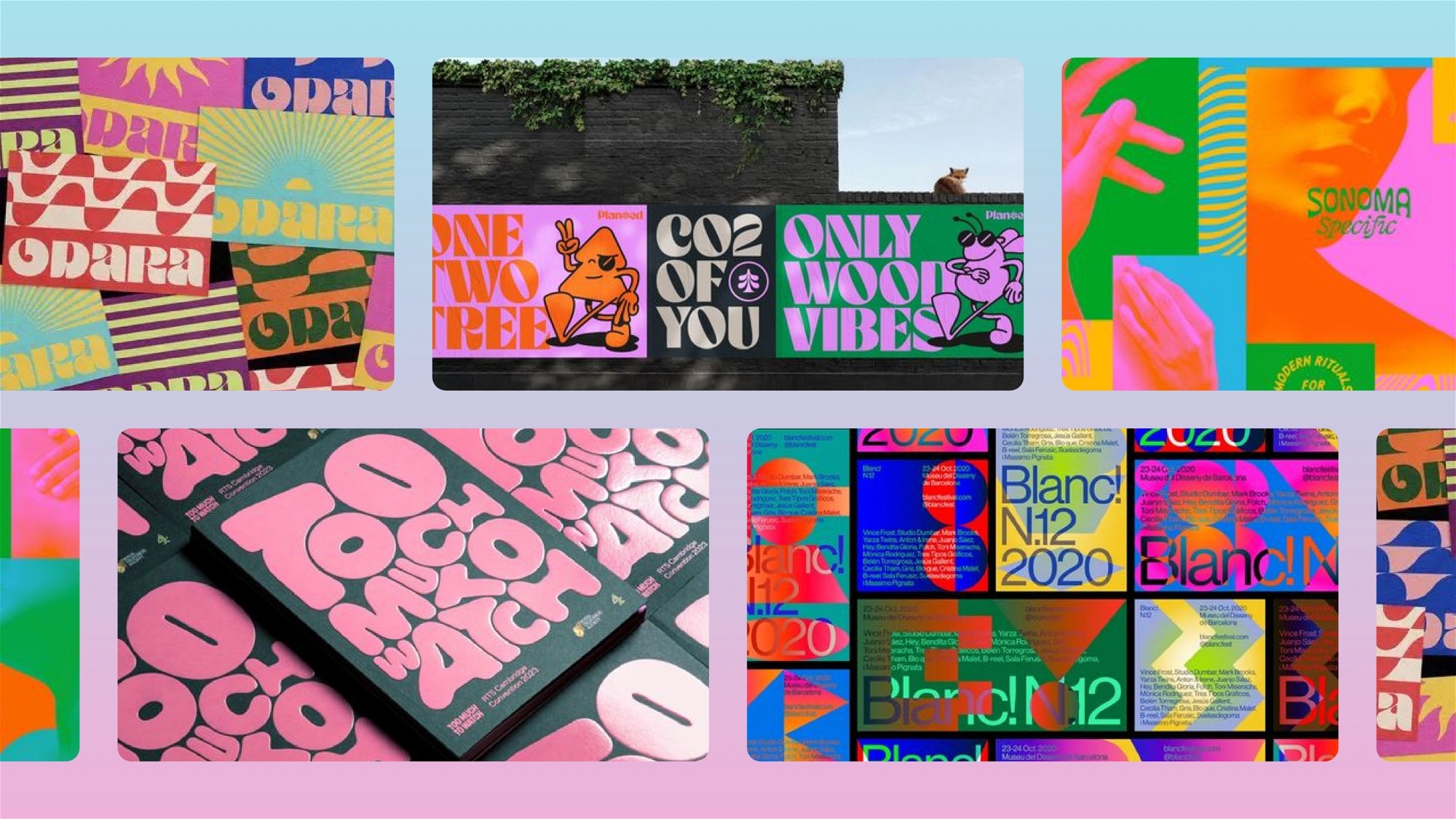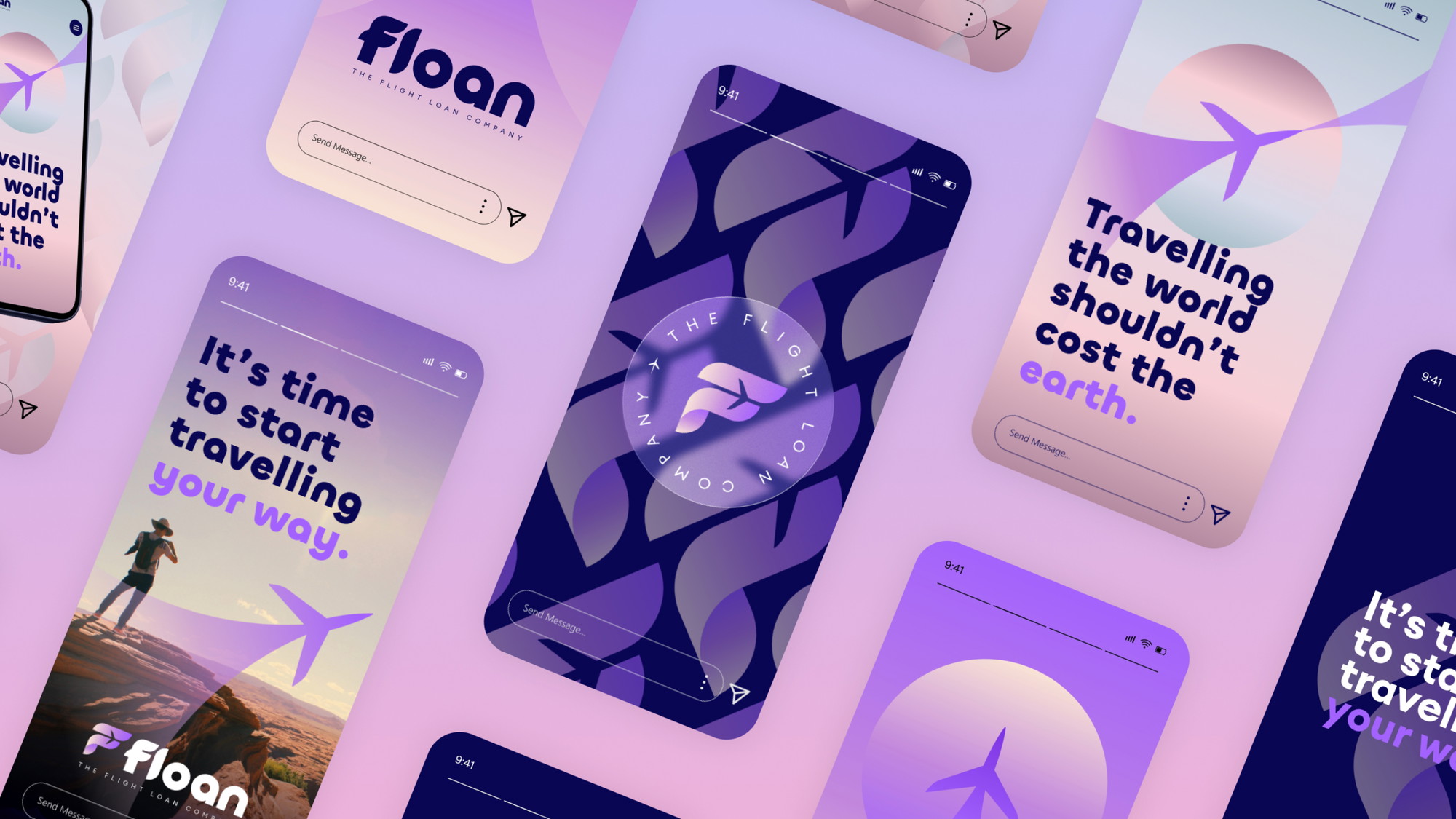Small details, big impact: A guide to website micro-animations

Originally published April 2024, updated May 2025.
Micro-animations are the unsung heroes of great digital design.
Micro-animations are the visual cues that guide us; the gentle nudges that make our digital interactions not just smooth, but enjoyable. They’re not flashy. They’re not loud. But when they’re done well, they’re the reason your site feels intuitive, human, and even fun to use.
We’re talking about the tiny, purposeful movements that guide users, reward clicks, and turn flat experiences into something alive. They’re the moment a ‘like’ icon bursts into a little celebration. The way a button gently pulses to say, “Hey, tap me.” The subtle nudge that turns confusion into clarity.
Or how about a loading animation that turns waiting time into a moment of delight? Instead of twiddling our thumbs, we’re met with something that almost – almost– makes us forget we’re waiting at all.
And yet, they often get left off the priority list.
Let’s fix that.
Your secret weapon to intuitive UX
But it’s not just about making things look pretty or filling time. Micro-animations are the secret sauce that can make your digital platform intuitive, guiding users through their journey. They highlight changes, signal progress, and provide feedback with the subtlety of a spy – effortlessly, effectively, and almost invisibly.
Consider the micro-animation that occurs when you enter your password incorrectly. Instead of a jarring error message, a gentle shake of the input box conveys the mishap. It’s not just user-friendly; it’s like having a polite conversation where your site is kindly suggesting, “Fancy giving that another go?”
It’s a fine balance
But! Before you dash off to sprinkle micro-animations like confetti across your site, remember: with great power comes great responsibility. The key is subtlety. These animations are the seasoning, not the steak. Overdo it, and you’ll overwhelm your audience, turning the whole experience into an indigestible mess.
The secret lies in understanding their role in the user’s journey, enhancing interactions without distracting from them. It’s about creating moments of joy that feel natural, not unnecessary fluff that screams for attention.
The best micro-animations are the ones that feel so natural you barely notice them.
7 ways to use micro-animations on your website
- The devil’s in the details: In digital design, it’s the little things that count. Add subtle feedback to buttons, icons, or completed tasks. Think hover states, icon wiggles, or success ticks. Keep it on-brand and consistent.
- Keep it simple: The key lies in their subtlety. They should be light and effortless, blending seamlessly with the design without disrupting the user’s flow or overwhelming the visual aesthetics. A gentle pulsing animation can attract a user’s eye to a notification without being intrusive. Strive for animations that enhance the interface’s feel without making it feel cluttered or gimmicky.
- Mind the UX: Use micro-animations to reduce friction: swiping, loading, hovering, scrolling. Let them guide the user, not just entertain.
- Inject some joy: These tiny treasures have the power to turn routine interactions into memorable moments, fostering a connection that’s as engaging as it is efficient. They transform ordinary tasks into enjoyable experiences. Celebrate moments. Add delight when someone adds an item to their basket. Or when they complete a form. A little charm builds emotional connection.
- Test and refine: As with any design element, it’s essential to test micro-animations to see how they perform in real-world settings. Not every animation hits the mark. Run user tests and watch how people interact. What feels satisfying? What’s annoying? Tweak accordingly.
- Prioritise performance: Animations should never slow your site down. Use CSS where you can, and keep file sizes lean. Laggy animations are worse than no animations at all.
- Make it responsive: That slick transition on desktop might be jarring on mobile. Test across devices to ensure consistency and usability. Making sure that your animations adapt properly and are responsive adds to a consistent user experience, no matter how users access your site.
Who’s doing it well?
-
Stripe uses slick, minimal animations to guide form filling and input.
-
Airbnb adds subtle bounce and fade animations to reinforce brand personality.
-
Duolingo is full of delightful micro-animations that reward user progress and keep motivation high.
To sum it all up…
Interested in working with KOTA?
Drop us a line at
hello@kota.co.uk
We are a Creative Digital Agency based in Clerkenwell London, specialising in Creative Web Design, Web Development, Branding and Digital Marketing.





